- JP
- EN
History of Our Company's Ship Technology
- 1987
- Development of PBCF
-
MOL successfully developed the first energy-saving device that focuses on recovering energy losses due to propeller hub vortices by attaching fins into the propeller's wake. Since its commercialization, it has been installed on over 4,300 vessels (as of 2024), contributing to the reduction of fuel consumption and the reduction of GHG emissions from shipping.
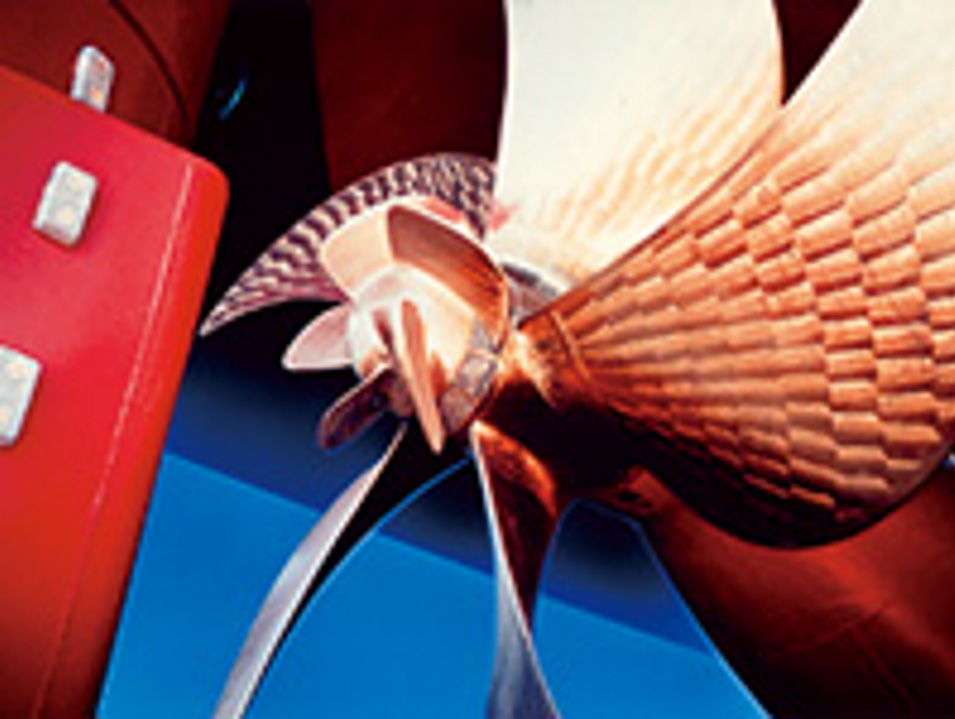
- 2003
- 2003 Wind Resistance Reduction PCC
-
PCC "COURAGEOUS ACE," which had new design achieving energy savings by reducing wind resistance and leeway in navigation was put in service. The energy-saving effect of approximately 5-8% was demonstrated in actual voyages. The new design has been adopted on many of our car carriers and has become a symbol.
(Note: PCC = Pure Car Carrier, Leeway: A state where the ship advances with an angle between the centerline and the direction of travel due to the influence of wind or tidal currents)
- 2009
- Senpaku ISHIN
-
Senpaku ISHIN was launched with the goal of reducing CO2 emissions, featuring three concepts:
- ISHIN-Ⅰ: Hybrid car carrier utilizing natural energy source
- ISHIN-Ⅱ: Ferry using LNG fuel
- ISHIN-Ⅲ: Large iron ore carrier for next-generation resource transportation
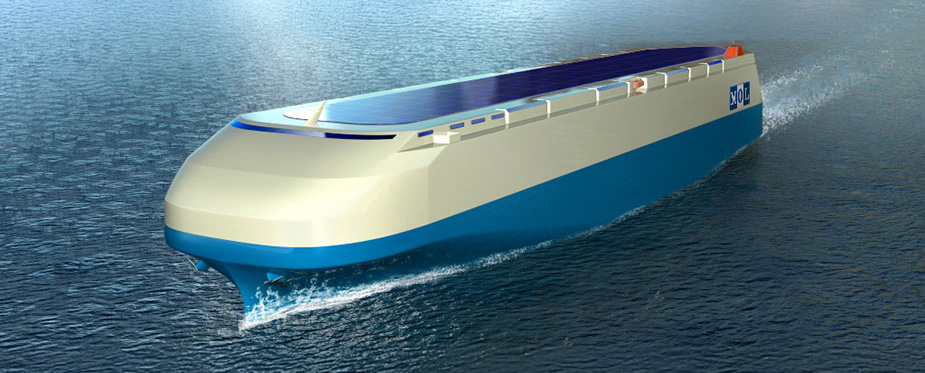
ISHIN-Ⅰ 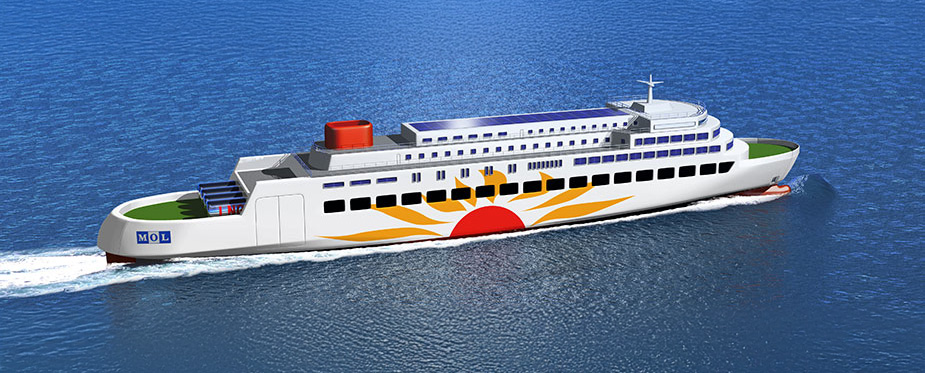
ISHIN-Ⅱ 
ISHIN-Ⅲ
-
- Development of Wind-Assisted Propulsion System
- A technology development of wind-assisted propulsion system through industry-academia collaboration was launched.
- 2012
- Delivery of "EMERALD ACE"
-
As part of ISHIN-Ⅰ, the world's first newly built hybrid car carrier was delivered. It is equipped with a power supply system that combines a photovoltaics and lithium-ion batteries, demonstrating the use of natural energy and large storage batteries onboard.
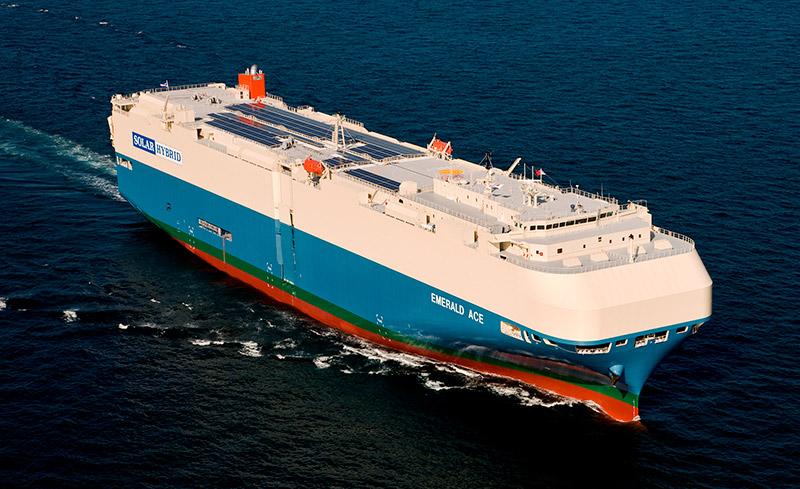
- 2014
- Delivery of "WARRAMBOO"
-
A large iron ore carrier equipped with a high-efficiency waste heat energy recovery system, which is the core technology of ISHIN-Ⅲ, was delivered.
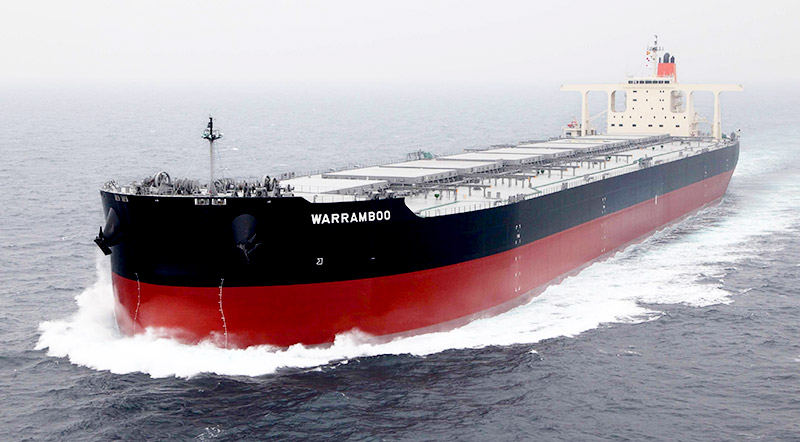
- 2016
- Senpaku ISHIN NEXT
-
Senpaku ISHINNEXT -MOL SMART SHIP PROJECT- was launched. It promotes technology development that strengthens sales capabilities and enhances corporate value : advanced support technologies for safer vessel operation and technologies for reducing environmental impact. It has become the foundation for many projects to date.

- 2017
- Development of New PBCF
-
The design of PBCF was upgraded for the first time of a major upgrade since the original design was developed in 1987. The improved new design was released to the market in 2017. It has already received orders for over 900 vessels (as of 2024). The height, shape, and twist of the fins were improved to achieve further performance enhancement.

- 2018
- "Wind Challenger" Project
- MOL launched the full-scale development project of the wind-assisted propulsion system for the commercialization of the system that has been developed since 2009. The project was named "Wind Challenger".
-
- FOCUS
-
The "FOCUS" project to utilize voyage data was launched. By deepening data acquisition onboard and data linkage between vessel and shore-based facilities, we achieved advanced ship operation monitoring and propulsion performance analysis using shipbuilding engineering methods based on detailed voyage and engine data obtained from operating vessels, enhancing safe navigation and reducing environmental impact.
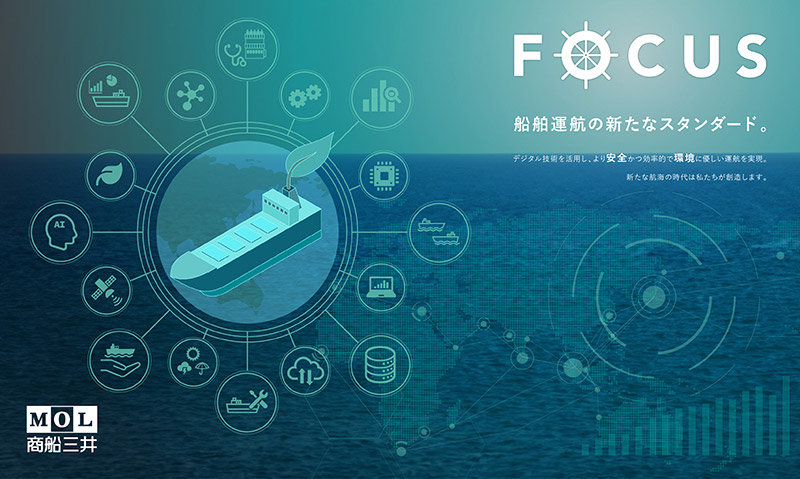
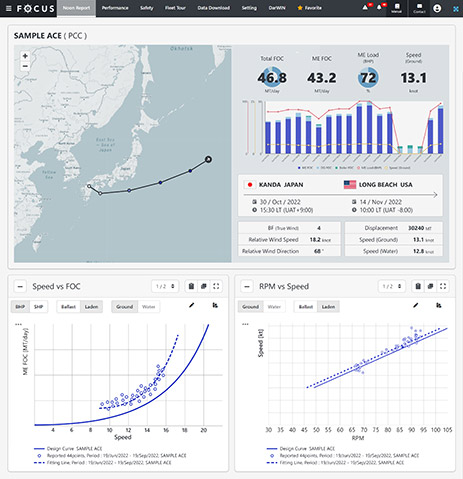
- 2022
- Completion of the First "Wind Challenger"
-
The 100,000-ton coal carrier "Shofu Maru," equipped with the first commercial wind-assisted propulsion system, "Wind Challenger," was put in service. It achieved a maximum fuel-saving effect of 17% per day and an average of 5-8% per voyage in actual voyages.
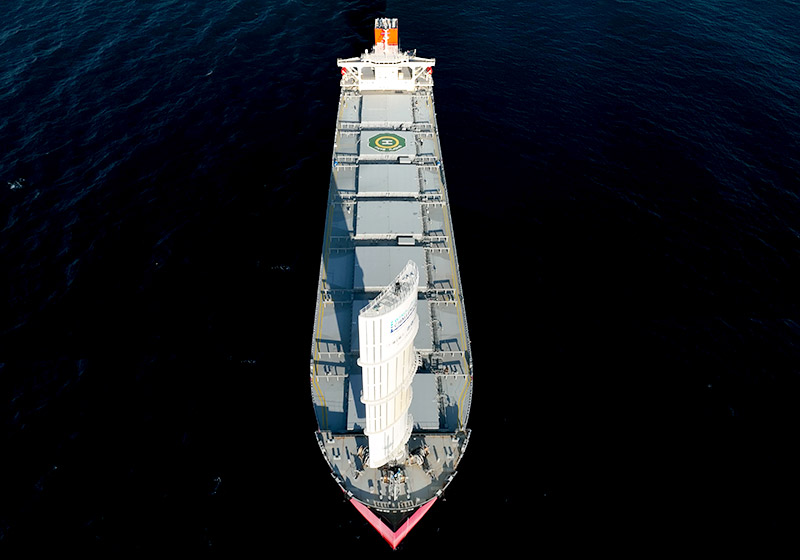
- 2023
- Completion of "Sunflower Kurenai" and "Sunflower Murasaki"
-
As part of ISHIN-Ⅱ and ISHINNEXT, the ferries equipped with high-performance Dual Fuel engines that can use both LNG and heavy oil as fuel, the first of their kind in domestic ferries, were put in service.
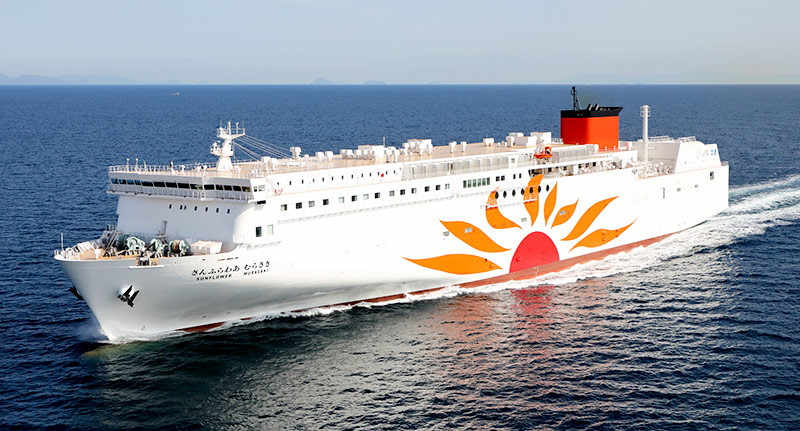
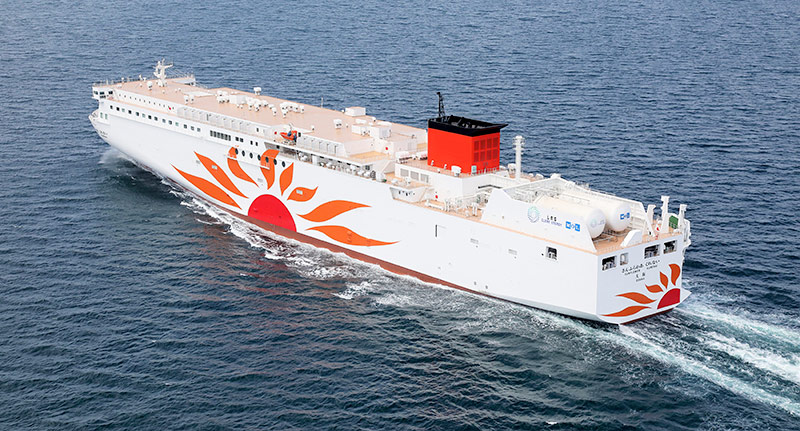
- 2024
- Completion of the Second Vessel Equipped with the "Wind Challenger"
-
The second bulk carrier equipped with the "Wind Challenger", "Green Winds," was put in service.
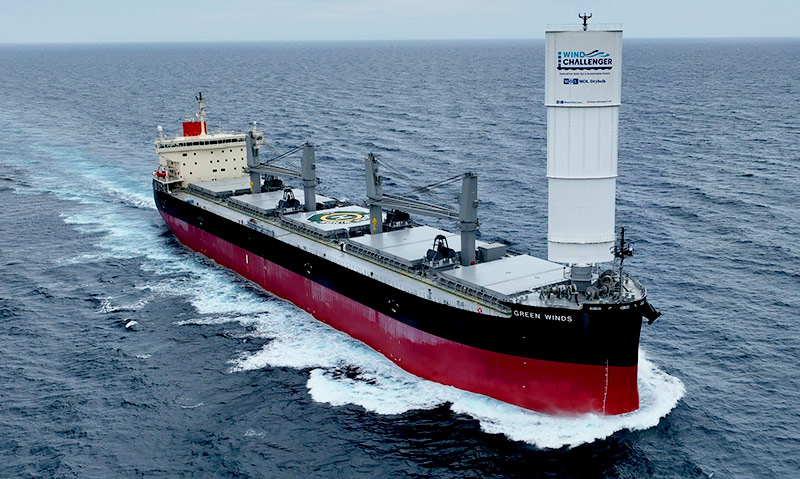
- Sustainability TOP
- Message from the Chief Sustainability Officer
- Sustainability
Management - Value Creation
Stories - Safety & Value
- Environment
- Human & Community
- Innovation
- Governance
- Stakeholder
Engagement - Sustainable Finance
- Sustainability Data
- ESG Disclosure
Guideline Indexes - External Recognition
- Library




